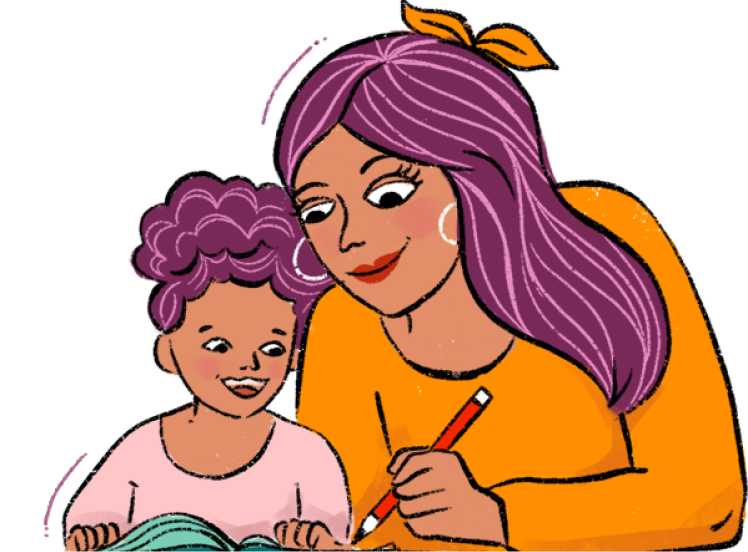I'm pretty sure that my life would have been a lot easier if my parents had more information about the different learning disabilities that a child can face. My dad was a teacher and was well versed about dyslexia and ADD, well before they became trends in parenting.
Luckily, parents have more access to information than ever before and to make it even easier here are the seven most common learning disabilities. If your child hates to go to school and has a hard time with homework, it may not be laziness. Let's figure it out.
Read more ¿Qué más?: 5 Things friends & family must do to help moms of kids with special needs
According to the Learning Disabilities Asociation of America, the most common are:
1. Auditory Processing Disorder (APD): It affects how sound that travels unimpeded through the ear is processed and interpreted by the brain. It makes difficult to recognize subtle differences between sounds in words, even when the sounds are loud and clear enough to be heard. It can also make hard to tell where sounds are coming from, to make sense of the order of sounds, or to block out competing background noises.
2. Dyscalculia: A specific learning disability that affects a person's ability to understand numbers and learn math facts. It may also mean poor comprehension of math symbols, may struggle with memorizing and organizing numbers, and or have difficulty telling time, or have trouble with counting.
3. Dysgraphia: It affects a person's handwriting ability and fine motor skills. It includes problems including illegible handwriting, inconsistent spacing, poor spatial planning on paper, poor spelling, and difficulty composing writing as well as thinking and writing at the same time.
4. Dyslexia: A specific learning disability that affects reading and related language-based processing skills. Its severity can differ in each person, but can affect reading fluency, decoding, reading comprehension, recall, writing, spelling, and sometimes speech.
5. Language Processing Disorder: A specific type of APD that affects attaching meaning to sound groups that form words, sentences and stories. It can affect expressive language (what you say) and/or receptive language (how you understand what others say).
6. Non-Verbal Learning Disabilities: It affects the ability to interpreter nonverbal cues like facial expressions or body language and may have poor coordination. It often means a significant discrepancy between higher verbal skills and weaker motor, visual-spatial and social skills.
7. Visual Perceptual/Visual Motor Deficit: A disorder that affects the understanding of information that a person sees, or the ability to draw or copy. This can can result in missing subtle differences in shapes or printed letters, losing place frequently, struggles with cutting, holding pencil too tightly, or poor eye/hand coordination.
I hope this list helps! And remember to reach out to your doctor for any advice or to get your child tested if you suspect he or she suffers from any of these.
Image via Thinkstock




